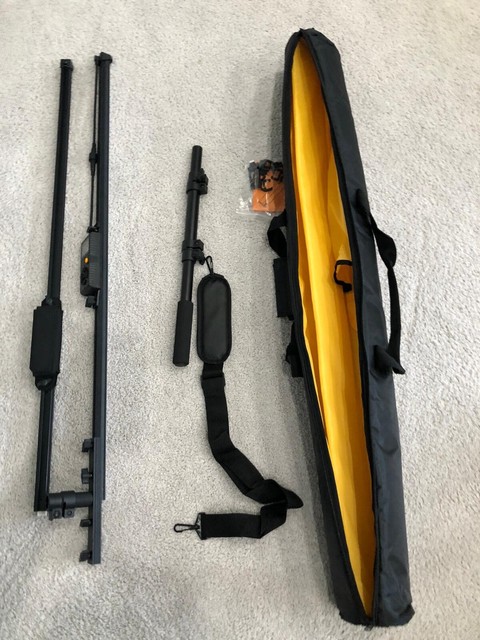
You can see more of Dirk’s work on his website and follow him on Facebook and YouTube. He also runs caffenol blog and the biggest caffenol community on the web. He is very passionate and nerdy about various operating systems – he’s not a programmer, but he likes writing software if something that he needs is not available. Only thing missing is a diffusion panel in front of the LEDs, but even the “8-bit” look is fine with me for now.ĭirk Essl is an IT Solution Architect working for a German television network. Oh by the way, ‘lighty’ weighs only 240 grams (without battery). Here some more pictures of ‘lighty’ and of curse some results. There is for sure room for improvement, but at the moment it does what I need and I can always come back to the code in case I need a new feature or find a bug. Thanks to the great Arduino community, figuring out how to address the different modules was easy enough for me, even not being a very seasoned programmer. I also implemented EEPROM saving of the brightness setting, all the other values are fine from the start and seldom need tweaking. I took the sketch from Michael and removed the libraries for the LCD Shield, which also handles button presses, rewrote the function that watches for keys and rewrote the parts that would display text on the display. Soldering and building the case only took a few hours, a Saturday well spent. The buttons are wired to digital pins, using the internal pull up resistor (activated in the Arduino sketch) I use pins 22, 23, 24, 25, 26įor reference here the complete circuit for the components I used The SD card reader needs some more ports, but all are grouped together. beside GND and VCC it needs SDA and SCL, pins 20 and 21, respectively. Pins for the OLED display are easy to find. Please make sure to connect GND of the LED strip to GND of the Arduino or your strip will display false LEDs because of signal noise. I power the LED strip directly from the Powerbank which is attached via Micro-USB. The LED strip only needs 1 connection beside power, as it gets controlled through the PWM chip that lives on the Arduino. Pinout on the Mega PRO is different, at least on the Version that I bought. To program your Arduino you need the Arduino IDE. For the case I used an old bluetooth receiver that I have no use of anymore. You also need a Micro USB cable, some wire, a soldering iron, solder, electrical tape and something to mount the LED strip on. Total cost EURO 20,27 (almost 20 times less then the Pixelstick) MICRO USB To DIP Adapter 5pin Female Connector B Type.Micro SD card mini TF card reader module SPI interfaces.Five Direction Navigation Button Module for MCU.4pin 0.96″ White/Blue/Yellow blue 0.96 inch OLED 128X64.144 pixels/leds/m WS2812 Smart RGB Led Light Strip Black/ PCB.I sourced everything from aliexpress here are all the parts that I have used: I chose an Arduino MEGA 2560 Pro, a small OLED Display, a Micro-SD reader and a digital joystick, as the display does not come with buttons. The LCD display alone is already bigger than my complete controller


I am not a fan of the large Arduino MEGA and the LCD Display shield as it makes the device unnecessarily large, so I decided to swap some parts. Hardware wise I think it is a bit dated and way to big. Luckily, Michael Ross already built something like this and it has some of the features, that I want. As I have never handled the real thing, I don’t know the kind of features it has, but I know exactly which features I want in a device like this:


 0 kommentar(er)
0 kommentar(er)
